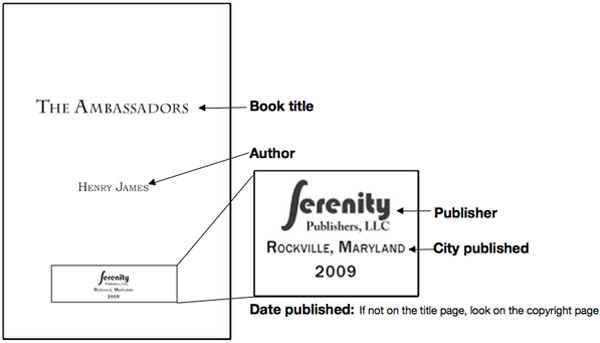
APA is used by those writting in the Social Sciences. Such as:
References (bibliography page)
Basic book format:
Author, A. A. (Year of publication). Title of work: Capital letter also for subtitle. Location:
Publisher.
Calfee, R. C., & Valencia, R. R. (1991). APA guide to preparing manuscripts for journal
publication. Washington, DC: American Psychological Association.
Basic Scholarly article format:
Author, A. A., Author, B. B., & Author, C. C. (Year). Title of article.Title of Periodical, volume
number(issue number), pages.
Scruton, R. (1996). The eclipse of listening. The New Criterion, 15(3), 5-13.
If using a journal accessed online you need to include the DOI or url. Refer to the APA guide to learn how to cite electronic and online resources.
In-text Citation
You will need the page number(s) where the quote or idea is located.
Indirect/Paraphrasing:
APA style is a difficult citation format for first-time learners (Jones, 1998, p. 199).
Direct:
Jones (1998) found "students often had difficulty using APA style" (p. 199); what implications does this have for teachers?
(examples from Purdue OWL)
Author(s), Title, Publisher, Publication Location, and Publication Date.

Scholarly Article Citation Information:
Author(s), Article Title, Journal Title, Volume Number, Issue Number, Publication Date, and Page Numbers.

Title reference page "References" and center it on the top of the page. Do not bold, italics, underline or use quotes around References
Entries should be in alphabetical order.
Double space all entries.
For multiple articles by the same author, or authors listed in the same order, list the entries in chronological order, from earliest to most recent.
Hang indent second and subsequent lines of each entry.
Write your full citation(s) as usually. Then highlight the full citation(s). Expand the Paragraph dialog box.

Select "Hanging" under special indentation.
